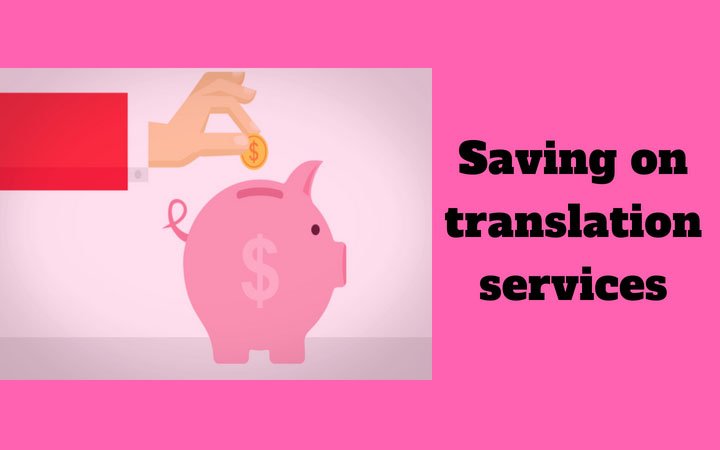What do Charles Darwin, Ernest Hemingway and Gabriel García Márquez all have in common? They worked fewer than five hours a day. These geniuses weren’t lazy, they were efficient.
Being a freelance translator with a flexible schedule and all that “freedom” sounds like a dream job but when you actually dive into freelancing, you realize that it’s a challenging career path. You need to stay organized without being fooled by the flexible hours and the apparent free time that freelancers enjoy.
As strange as it may seem, the answer to an increase in productivity isn’t working long hours. Scientific research shows that people who work 35 hours per week are half as productive as those working 20 hours per week. And this isn’t just true for freelancers, companies are starting to reduce employee work hours and, in the near future, the 40-hour workweek will probably be a thing of the past.
One study from the UK even shows that the average employee works about three hours per day and spends the rest of their time on the internet, eating, socializing, or searching for new jobs.
Why will working fewer hours increase your productivity?
Have you ever wondered why you can accomplish more when your time is limited? The answer is that when you have a whole day to finish a job, you tend to just procrastinate or work slowly.
Deep Work versus Shallow Work
This is a concept taken from Cal Newport’s book Deep Work.
Shallow Work is the easiest work to do though it isn’t the most productive. It involves those tasks that can be accomplished while being distracted, like writing emails, participating in online discussions and other routine responsibilities. While these tasks are important, you should try to avoid investing too much time in them as doing so will reduce your ability to perform what Newport calls Deep Work.
Deep Work includes tasks that require a lot of energy and concentration. They push cognitive skills to their limit and should be performed free from distractions. If you’re a freelance translator, Deep Work not only clearly relates to translating and proofreading but it is also needed in finding new clients, searching for new jobs and conducting any additional marketing efforts.
Fixed-schedule productivity
We live in a world that’s full of distractions and there’s nothing better for beating distraction than sticking to a plan. If you don’t have a schedule, it’s highly likely that you’ll go through the day jumping from task to task without accomplishing what you had planned. Don’t let chaos dominate your working life!
The best way of staying focused is to have strict periods of time scheduled for your work. This can be accomplished by planning your day in advance and setting goals and deadlines.
One way of doing this is segmenting your day and assigning how much time you’re going to dedicate to each activity. Once you have a strict plan, you’ll be amazed by how you can adapt your day to cope with unplanned activities. Say a client requests an urgent translation to be delivered within two hours, once you finish the translation you’ll have a clear idea of what you need to accomplish next. There are even browser extensions that can help you to keep track of time.
Find the right place to work
Determining the best place to work is an entirely personal decision.
Some people like working in a noisy environment and others need total silence to keep focused. Some people rely on a quiet home office while others prefer co-working spaces.
Whatever you choose, you need to be honest with yourself: the place should be free of distractions. It isn’t worth going to that coffee shop around the corner that serves the best cappuccino if it’s a place where you find yourself getting easily distracted.
You could even have multiple spaces depending on what you need to accomplish. You could always apply for new jobs in a café while working in a very quiet environment for your actual translation work.
Before you start working, make sure that you have everything you need with you: notepads, pens, dictionaries, highlighters, and even your snacks, a bottle of water or a coffee. When doing your translations, have your glossaries and reference websites and documents open on your computer.
Be unavailable
There hasn’t been a time in history when people have been more reachable than today. This constant contact is like poison for concentration.
It’s essential that you keep a distance from social media when doing Deep Work. An exception to this rule is if you use your social media accounts for your work but you should also include your “social media time” in your schedule. Always carefully consider what the benefits are of being connected to Facebook, LinkedIn or whatever channel you use.
The same is true with WhatsApp; silence all groups and even that friend of yours who sends you a message every ten minutes. You should also tell your family that they should only contact you in the case of an emergency during your working hours.
Schedule your distraction time
There’s nothing wrong with allocating time for being distracted and it can even help you be more focused on your job.
Give yourself a block of time when distractions are allowed. This includes replying to your WhatsApp messages, browsing the web and your social media accounts, whatever takes your mind off work.
Keep in mind that if the objective is to work less while accomplishing more, you shouldn’t allow yourself too much time for your “distraction time”.
While the tips above may seem quite strict, think of all the free time you’ll have if you improve your focus and develop Deep Work habits.
Getting started can be hard but even if you only adopt some of the recommended habits, you’ll definitely boost your productivity.


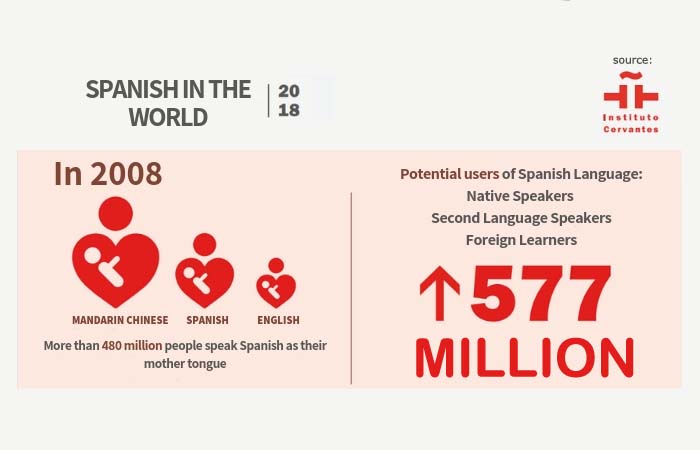

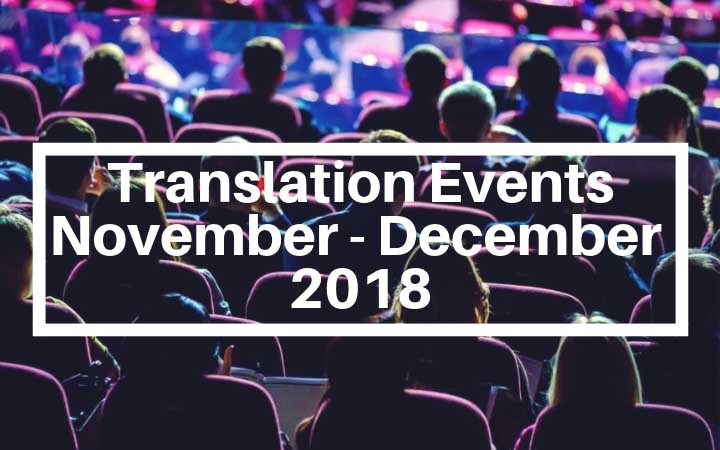
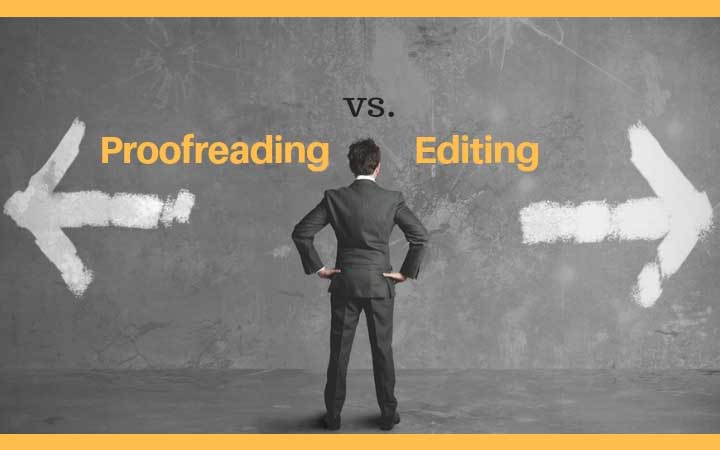
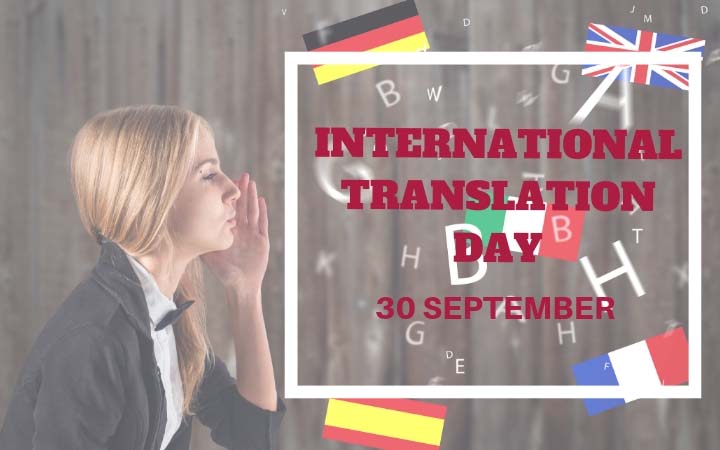
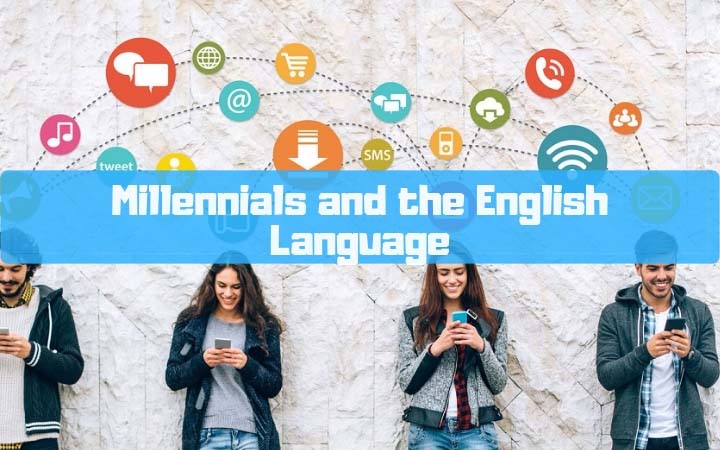
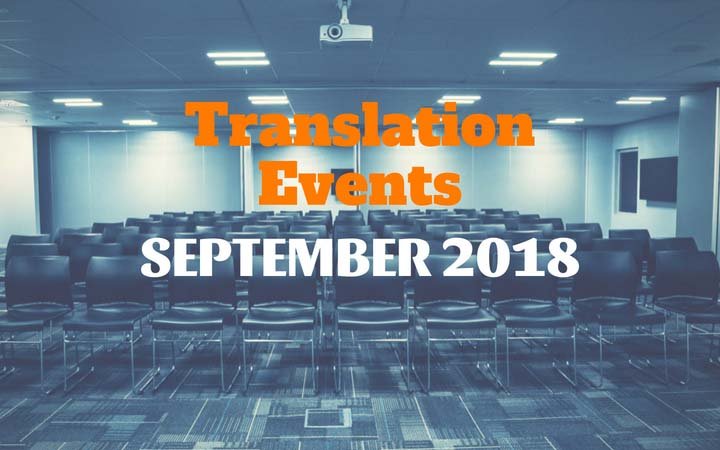
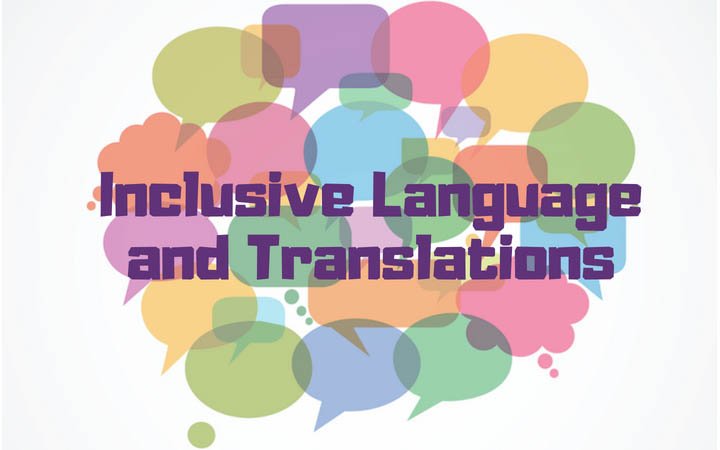
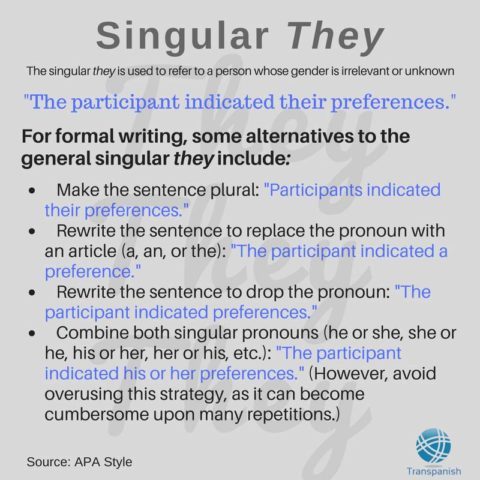 English Makes It Easy
English Makes It Easy
